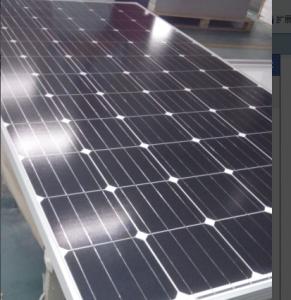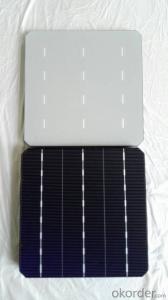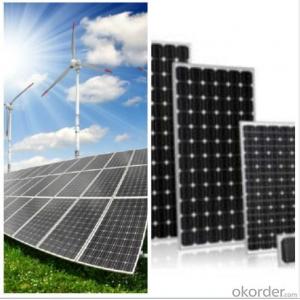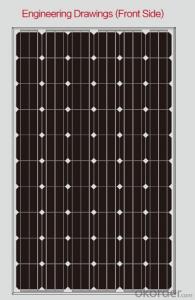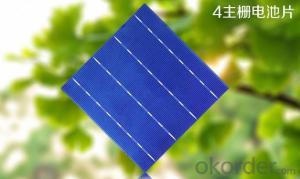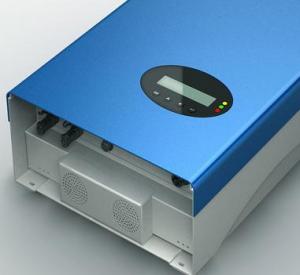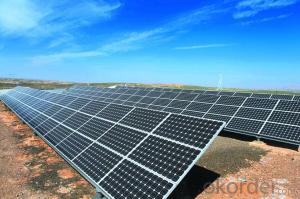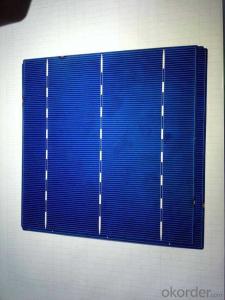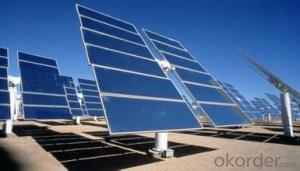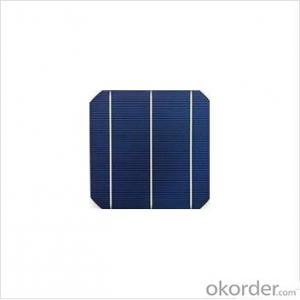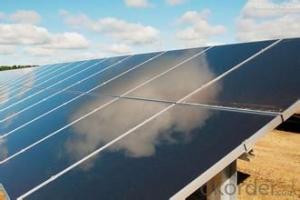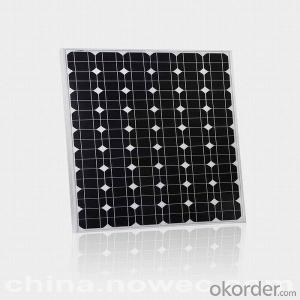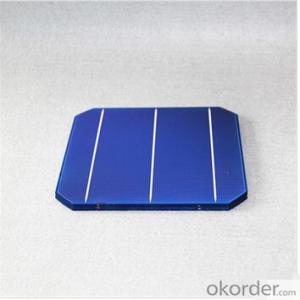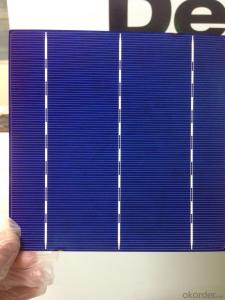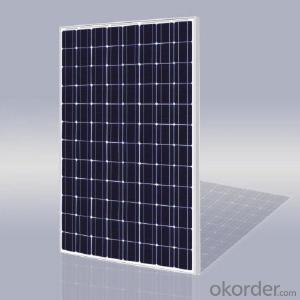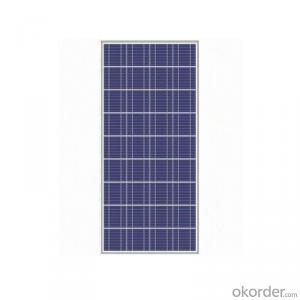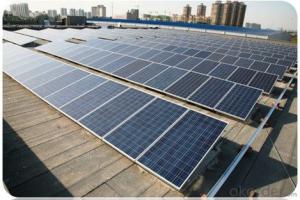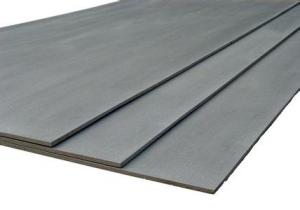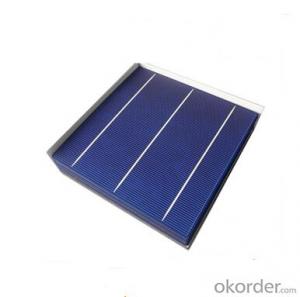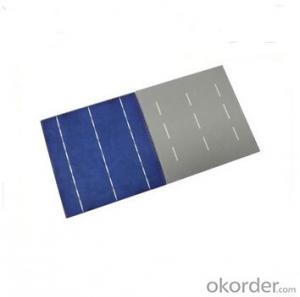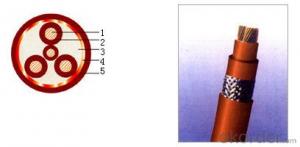High Output Solar Cells
High Output Solar Cells Related Searches
High Power Solar Cells High Efficiency Solar Cells High Performance Solar Cells High Wattage Solar Cells High Voltage Solar Cells High Temperature Solar Cells High Quality Solar Cells Highest Efficiency Solar Cells Hot Solar Cells Highly Transparent Solar Cells Bulk Solar Cells High Efficiency Solar Inverter Organic Solar Cells Large Solar Cells Photovoltaic Solar Cells High Power Solar Inverter Low Cost Solar Cells High Voltage Solar Inverter Full Spectrum Solar Cells 1st Generation Solar Cells Cheap Solar Cells Hexagonal Solar Cells Printable Solar Cells Heterojunction Solar Cells Multilayer Solar Cells Low Light Solar Cells Affordable Solar Cells Satellite Solar Cells Compact Solar Cells Printed Solar CellsHigh Output Solar Cells Supplier & Manufacturer from China
High Output Solar Cells are advanced photovoltaic products designed to maximize energy conversion efficiency. These cells are engineered to capture and convert sunlight into electricity with higher efficiency than traditional solar panels, making them ideal for a wide range of applications. They are particularly beneficial in areas where space is limited or where maximum energy output is required, such as in urban environments or remote locations with limited access to power grids.The application and usage scenarios for High Output Solar Cells are diverse, encompassing residential, commercial, and industrial settings. They are commonly used in solar power systems for homes, businesses, and large-scale solar farms. These cells can also be integrated into various products such as solar-powered chargers, outdoor lighting systems, and off-grid power solutions. Their high efficiency makes them a popular choice for applications where energy production is critical, such as in remote monitoring systems or emergency power backup systems.
Okorder.com is a reputable wholesale supplier of High Output Solar Cells, offering a vast inventory to cater to the needs of various industries and customers. With a commitment to quality and customer satisfaction, Okorder.com ensures that the solar cells they provide meet the highest standards of performance and reliability. Their extensive inventory allows customers to find the right solar cells for their specific requirements, whether they are looking for small-scale residential installations or large-scale commercial projects. By partnering with Okorder.com, customers can access high-quality High Output Solar Cells at competitive prices, backed by excellent service and support.
Hot Products



